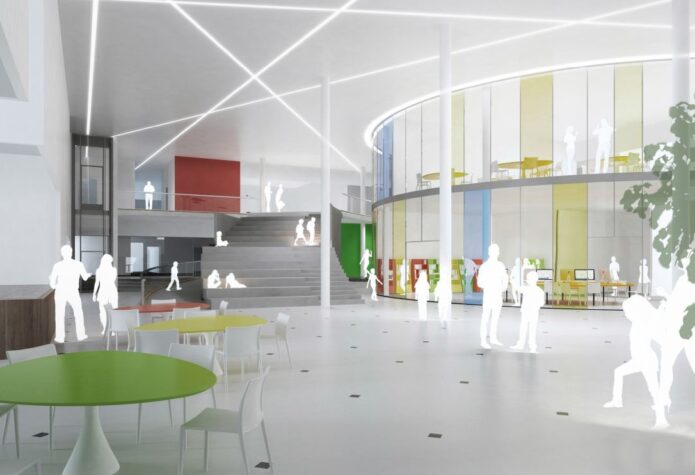Lahti is building an easy travel centre

The city of Lahti in southern Finland wants to become easier for travellers. It is building a travel centre to help intermodal passengers to make smooth transfers between trains and buses. This move will help the city become a more attractive transport hub, shift more regional passenger traffic from cars to public transport and even become more competitive as a new home town for families.
The year 2015 will revolutionise the transport hub of Lahti, a city of 103,000 and a key gate to the metropolitan area of Finland. The city is building a new travel centre to replace the current bus station and expand the city’s railway station.
The new bus station will have ten slots for alighting and boarding passengers as well as a four-storey robotic parking facility. When it is ready in autumn 2015, the new hub will let commuters easily transfer between bus and train.
“Easy is the key word in this project. We hope Lahti will become easier for those who change from train to bus or vice versa”, says Jorma Vaskelainen, director of municipal engineering for the City of Lahti.
A glass atrium and steel-framed bridge will connect the new bus terminal to the railway station.
“This is a very big change from the current situation where interchanging commuters have to walk a kilometre and a half between the stations”, Mr Vaskelainen continues. He is certain the high level of comfort will increase the annual number of travellers interchanging in Lahti.
The city envisions a 50% increase in the use of the public transportation in the near future. Lahti is setting a very ambitious target of doubling the capacity of public transportation in the next five years. The current system accommodates about six million trips per year.
Achieving the new target would require a set of measures, and the creation of the intermodal travel centre is an important milestone in making public transportation a much more likely option for travellers in the region.
The new bus hub’s capacity will be enough to service one million passengers a year, about 20% more than the current regional bus passenger traffic.
Moving the bus station from its current spot will also help divert a significant share of regional traffic from the densely populated central part of the city. The environmental effect of this change is still difficult to predict, but Mr Vaskelainen is optimistic the currently implemented transport infrastructure improvements would allow many to shift from car to bus and train.
The area currently used for the bus station will be redeveloped into a 60,000 square metre residential area.
“This is a very attractive place, close to the lake in the city centre. We hope that the residential development will attract new, well-to-do families and Lahti will become a new home for about one thousand new inhabitants”, says Mr Vaskelainen.
The costs of the new bus station and traffic arrangements have been estimated at EUR 17.8 million. Mr Vaskelainen doesn’t rule out the price tag increasing. Many cities in Finland are mulling a similar remodelling of public transportation hubs, but very few have so far ventured into an investment of this magnitude. Lahti is among the top five in doing so.
The financing of the travel centre project along with a number of smaller undertakings has come from the European Investment Bank and NIB. In March 2014, the city of Lahti and NIB signed a 15-year multipurpose loan for a total of EUR 30 million.
“The city has been growing for the past twenty years, mostly because of our strategic position close to the metropolitan area. These loans from international financial institutions have now made it possible to get the city infrastructure in line with the growing demand for a better quality of city environment. This will benefit the people of Lahti, interchange passengers and tourists”, Mr Vaskelainen concludes.

